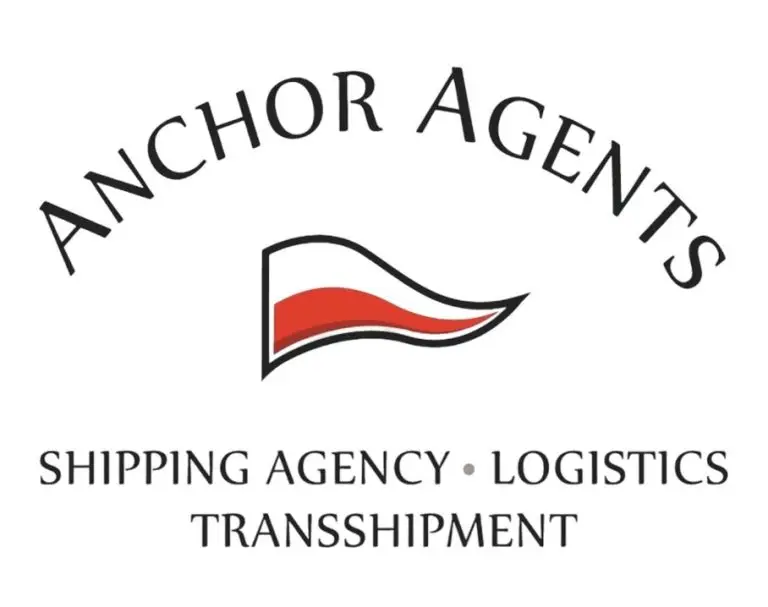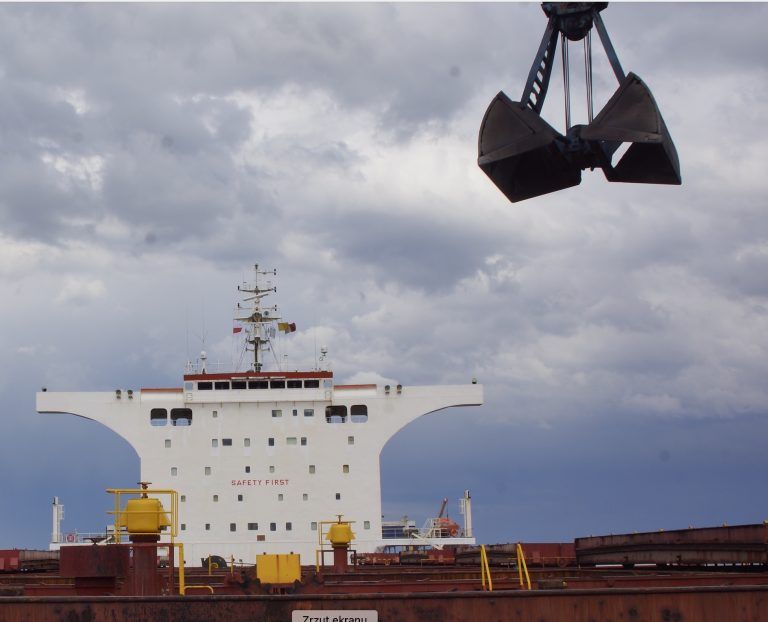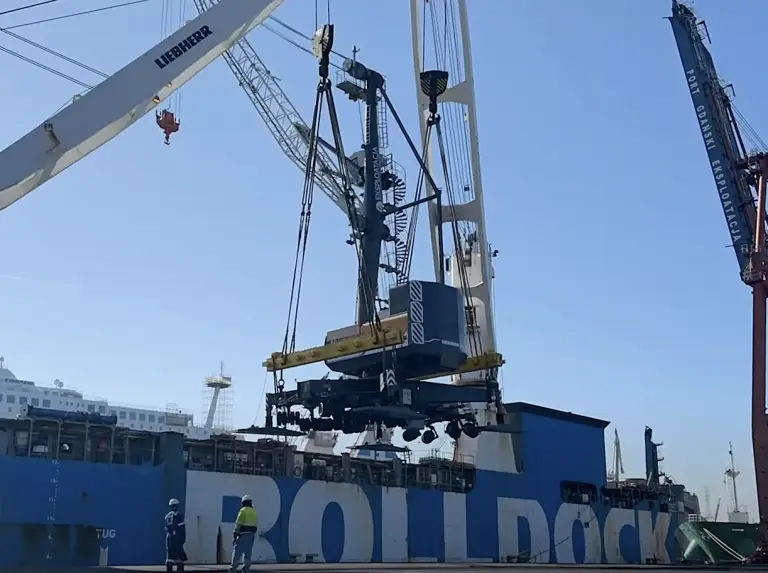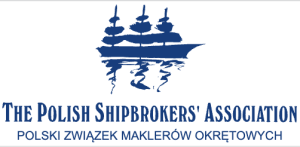
Anchors aweigh!
Latest news from Polish ports that matters
We are not responsible for any errors or omissions, or for the results obtained from the use of this information. All information in this site is provided „as is”, with no guarantee of completeness, accuracy, timeliness or of the results obtained from the use of this information
After signing up for our newsletter you will receive occasional emails with the notification about new posts on our blog.
We will not sell or distribute your email address at any time. We use MailerLite to manage our email marketing subscriber list and to send emails to our subscribers. MailerLite is a third-party provider, which may process your data using industry-standard technologies to help us monitor and improve our newsletter. MailerLite’s privacy policy is available at https://www.mailerlite.com/legal/privacy-policy. You can unsubscribe from our newsletter by clicking on the unsubscribe link provided at the end of each newsletter.

What happens if bulk cargo is not listed in the IMSBC Code?
Let’s start with a general definition:
Dry bulk cargo refers to several raw materials sharing similar characteristics, usually in solid form, consisting of particles, granules, or large pieces. It is transported in significant quantities, and its weight is measured in deadweight tonnage (DWT). The cargo is loaded and moved in loose form, without packaging. These are unprocessed commodities intended for use in manufacturing or production.
When bulk cargoes are not loaded properly, they can shift, liquefy, ignite, or detonate. This can have disastrous consequences, such as vessel capsizing, losing stability, or sustaining severe structural damage. These incidents can lead to fatalities, injuries, insurance claims, operational disruptions, and significant expenses. Unfortunately, some people still assume that dry bulk cargoes are less hazardous and require less expertise than liquid bulk or container shipments. But this is not true, as evidenced by the fact that […]

Conrad Shipyard launches superyacht 'Extra Time’
Conrad Shipyard proudly announced the launch of EXTRA TIME, the second luxury yacht in the Conrad C144s series, at its facilities in Gdansk, Poland. Following the success of its predecessor, ACE, EXTRA TIME represented the next largest privately-owned yacht entirely built in Poland.
Crafted by Reymond Langton Design, with naval architecture by Diana Yacht Design and interior by M2Atelier, EXTRA TIME offered an unparalleled level of luxury and comfort. Drawing inspiration from the exceptional interior spaces of ACE, it seamlessly blended elegance and sophistication, in line with the philosophy of Italian designers „less is more.” […]

Two new Liebherr LHM 280 self-propelled cranes arrive at the Port of Gdansk.
The Port of Gdansk Eksploatacja S.A. has made a significant investment in modernizing its cargo handling equipment. The cranes the company ordered in 2023 have recently arrived in Gdansk. These cranes have a maximum lifting capacity of 84 tonnes and a radius of 40 meters. Together, they can handle loads weighing up to 100 tonnes. […]

Romanian Quay in OT Port in Gdynia can accommodate Panamax size vessels.
The latest investment by the Management Board of Gdynia Maritime Port marks a significant milestone in the port’s development. By reconstructing the port entrance, deepening the channel and modernising the Romanian Quay, the port can now accommodate larger vessels of the Panamax class, with a draft of up to 14.5 metres and the capacity to carry up to 80,000 tonnes of agricultural products. This expansion has unlocked significant potential, allowing the terminal to handle three to four Panamax vessels per month, significantly increasing productivity with a daily loading rate of approximately 18,000 tonnes […]
ADDRESS & BUSINESS REGISTRATION
-
Anchor Agents & Shipbrokers Sp z o.o.
Aleja Zwycięstwa 241/13
81-521 Gdynia
Polska - KRS 0000187325; NIP 5881007972

Home » Anchors aweigh!